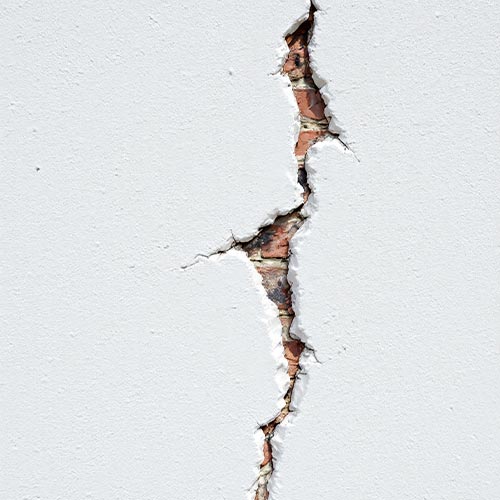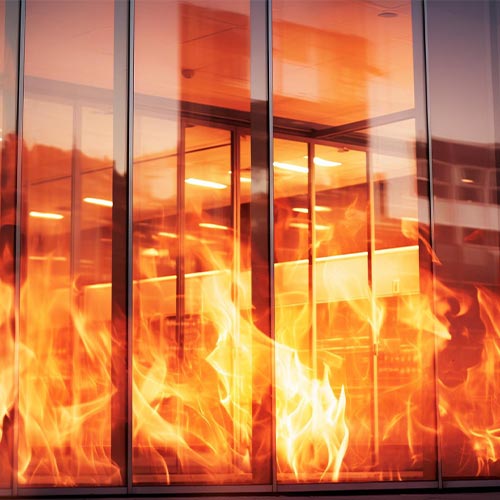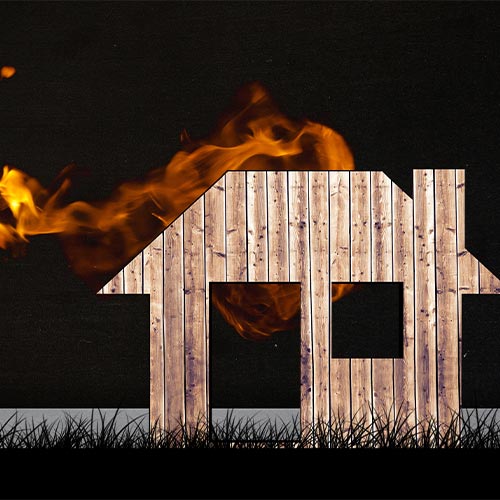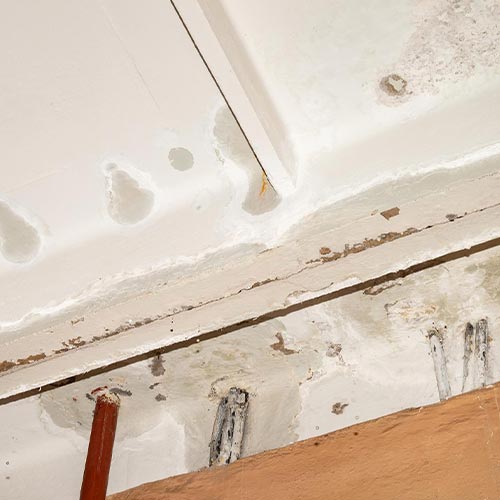Signs of Structural Damage in Your House You Shouldn’t Ignore
Your home is likely the biggest investment you’ll ever make, so it’s crucial to keep it safe, secure, and structurally sound. Recognizing the signs of structural damage in house can save you thousands of dollars in repairs and, more importantly, protect your family from serious risks. Many homeowners overlook small issues, believing them to be cosmetic, but these minor signs can indicate deeper problems lurking beneath the surface.
Understanding the signs of structural damage in house isn’t just for engineers or contractors. Every homeowner should be equipped with the knowledge to spot early warnings and act before the situation worsens. Cracks in walls, uneven floors, and sticking doors or windows could all be whispering clues that something is wrong. If left unaddressed, these small inconveniences can snowball into massive structural failures.
Often, the first signs of structural damage in house are subtle. A tiny crack here, a slight slant there. It’s easy to shrug off these indicators, especially if your house is older or has settled over time. However, consistent monitoring and immediate action are essential. By the time severe symptoms like bowed walls or sinking foundations appear, the cost and complexity of repairs can be staggering.
Ignoring the signs of structural damage in house can compromise not only the integrity of the building but also the safety of everyone living in it. In worst-case scenarios, neglected structural issues can even lead to complete building collapse. It’s not an exaggeration — it’s a reality that some unfortunate homeowners have faced because they ignored early warning signs.
In this comprehensive guide, we’ll dive deep into the most common and critical signs of structural damage in house, how to identify them early, and the steps you should take when you notice something wrong. Being proactive can help preserve your home’s value and ensure it remains a safe haven for you and your loved ones.
Transform Your Space with BUILPIRE – Book Your Consultation Today!
Common Signs of Structural Damage in Your House
1. Cracks in Walls and Ceilings
Cracks are often the first noticeable signs of structural damage in house. Vertical cracks, especially those wider than 1/8 inch, can indicate that your foundation is shifting. Horizontal cracks are more alarming as they often point to pressure from the outside, like soil movement or poor structural load distribution.
2. Uneven or Sloping Floors
Walking across your home and feeling a slope isn’t normal. Floors should feel even and stable. Uneven floors are a tell-tale sign that the foundation or support beams are failing, one of the serious signs of structural damage in house.
3. Doors and Windows That Stick or Won’t Close
While weather changes can cause wood to swell, persistent issues with doors and windows sticking or refusing to close properly can mean the structure around them is shifting. These are subtle yet critical signs of structural damage in house.
4. Gaps Around Window Frames or Exterior Doors
Another visible symptom is when gaps start appearing around windows or doors. This happens when the building frame becomes distorted due to foundational movements or structural weaknesses.
5. Bowed Walls
Walls that bow inward are under immense pressure, often from saturated soil pushing against the foundation. Bowed walls are not just cosmetic defects; they are serious signs of structural damage in house that require immediate attention.
6. Cracked Chimneys
A cracked or leaning chimney often indicates foundation settlement. Chimneys are heavy and prone to tilting when the ground beneath them shifts, highlighting one of the clear signs of structural damage in house.
7. Water Damage and Mold Growth
Moisture intrusion weakens building materials over time. Water stains on ceilings or walls, persistent leaks, and mold growth can lead to rot, which compromises the structural integrity of your house.
8. Sagging Rooflines
If your roof appears to sag or ripple, it’s a significant concern. Structural beams or roof supports may be deteriorating, which could eventually lead to partial or complete roof collapse.
9. Visible Foundation Issues
Visible cracks in the foundation, crumbling concrete, or gaps where the foundation meets the home are obvious signs of structural damage in house. Foundation problems can escalate quickly if not addressed.
Causes of Structural Damage
Understanding what causes structural issues is just as important as recognizing them. Common culprits include:
-
Poor construction practices
-
Soil movement and erosion
-
Water infiltration and drainage problems
-
Tree roots growing too close to the foundation
-
Age and natural settling
Each of these factors can cause the early signs of structural damage in house, and being aware of them can help you prevent future issues.
What to Do if You Notice Signs of Structural Damage
If you suspect there’s structural damage, the first step is to consult a structural engineer or a qualified contractor. They can accurately assess the extent of the problem and recommend solutions.
Here’s what you should do:
-
Document everything: Take pictures of the damage and note any changes over time.
-
Avoid DIY fixes: Temporary repairs like patching cracks can mask serious issues.
-
Address water problems: Improve drainage around your home immediately.
-
Consult a professional: Early intervention often means less invasive, less expensive repairs.
How Builpire Can Help
When it comes to repairing signs of structural damage in house, trusting the right team is crucial. Builpire specializes in home remodeling, renovation, and structural repairs. Their expert team not only restores the integrity of your home but can also modernize and beautify it, making it safer and more stylish. Whether you’re facing a small crack or major foundation work, Builpire has the experience and passion to deliver outstanding results tailored to your needs.
For more ideas and guidance, follow us on Instagram.
Frequently Asked Questions (FAQ)
1. What are the first signs of structural damage in house?
The first signs often include small wall cracks, doors and windows that don’t operate smoothly, and slight floor unevenness.
2. Are all wall cracks a sign of structural damage?
Not always. Hairline cracks are common and harmless, but wide, horizontal, or stair-step cracks could indicate serious structural issues.
3. How can I tell if a crack is serious?
Measure its width and monitor changes. Cracks wider than 1/8 inch, especially those growing over time, suggest potential structural problems.
4. Can a house collapse from structural damage?
Yes, in severe cases, untreated structural damage can lead to partial or full building collapse, putting occupants at serious risk.
5. How much does it cost to fix structural damage?
Costs vary widely depending on severity, ranging from a few thousand dollars for minor repairs to tens of thousands for major foundation work.
6. How often should I inspect my house for signs of structural damage?
It’s wise to perform a thorough visual inspection at least once a year and after any major weather events like floods or earthquakes.
7. Should I buy a house that shows signs of structural damage?
It depends. A full professional inspection is necessary. Minor issues can be repaired cost-effectively, but severe damage might not be worth the investment.





